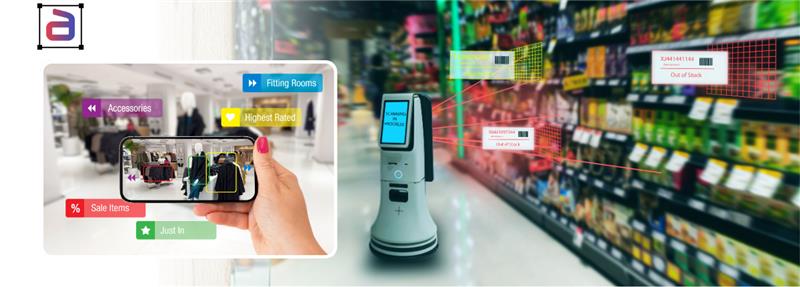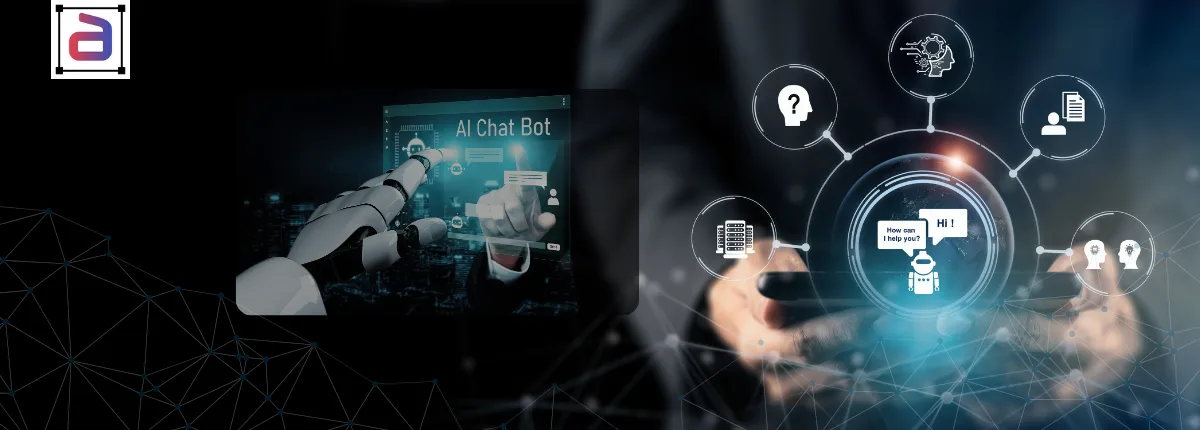Artificial intelligence is advancing at a breathtaking pace, but there’s one critical factor that determines whether these systems succeed or fail: the quality of their training data. Enter multimodal data annotation process—the practice of labeling and linking multiple types of data (text, images, audio, video, and even sensor feeds) so machines can interpret the world as humans do: through a mix of senses, signals, and context.
The future of multimodal data annotation is about going beyond pixels and words. It’s about creating datasets that don’t just describe isolated elements but capture the relationships between them. Imagine an autonomous car simultaneously interpreting a stop sign, the honk of a horn, and a pedestrian waving their hand. That integrated understanding is what will make tomorrow’s AI truly human-like.
“AI can’t thrive on fragmented data. It needs the full story—and that’s what multimodal annotation provides.” — AI Researcher
What is Multimodal Data Annotation?
Traditionally, AI systems were trained on single-modality datasets. A vision model learned from images, while a language model trained only on text. Multimodal data annotation changes the game by aligning different data types into one connected dataset.
For example:
- Drawing a bounding box around a car in an image.
- Transcribing the phrase, “That’s a red car,” from an audio clip.
- Linking the spoken phrase directly to the car in the image.
This alignment enables AI to see the car, hear it described, and connect those inputs seamlessly. The result is a more robust, adaptable, and context-aware model.
Why Multimodal Data Annotation Matters
Humans process the world by combining multiple senses. AI needs to do the same if it is to gain trust and deliver value. Multimodal annotation process matters because:
- Contextual Accuracy: A sarcastic “I’m fine” looks positive in text but reveals frustration when combined with tone of voice and facial expression. Without multimodal input, AI misses the real meaning.
- Robust AI Models: Models trained across modalities are more resilient. A McKinsey report noted that multimodal AI models can improve task accuracy by up to 30% compared to single-modality models.
- Human-like Interaction: Conversational AI becomes more empathetic when it can pick up on voice stress, pauses, and gestures—not just words.
- Industry Precision: In healthcare, combining scans, doctor notes, and voice recordings improves diagnostic support. In finance, linking transaction data with voice calls helps detect fraud with greater accuracy.
Key Trends Shaping the Future
The future of multimodal data annotation process is defined by context, connection, and continuous learning. Key trends include:
- Semantic Consistency: Ensuring labels mean the same thing across text, audio, and video. For example, “excited” should be reflected in tone of voice, punctuation in text, and facial expressions.
- Automated + Semi-Automated Tools: Manual multimodal annotation is resource-heavy. AI-assisted pre-labeling and auto-synchronization are becoming standard, with humans refining complex cases. Gartner predicts that by 2026, over 60% of annotation tasks will use AI-assisted workflows.
- Real-Time Annotation: Autonomous vehicles and live-stream monitoring demand on-the-fly annotation. Real-time feedback loops will help models adapt instantly to new environments.
- Specialized Expertise: As data grows more complex, annotation requires domain-specific knowledge. Radiologists, linguists, and robotics engineers are increasingly critical to ensuring accurate multimodal labeling.
Techniques in Multimodal Data Annotation
To produce high-quality multimodal datasets, annotators rely on specialized techniques that make it possible to capture not just raw inputs, but their relationships and timing:
- Cross-Modal Linking: Going beyond single labels, annotators connect related signals across data types—for instance, linking a patient’s spoken description of pain to the exact region marked on a medical scan. In customer service, it might mean linking a frustrated voice clip with the text transcript and the customer’s facial expression.
- Temporal Synchronization: AI can be thrown off by even small timing mismatches. Annotators ensure that a sigh of frustration is matched to the exact moment the words “I’m fine” are spoken in a transcript, or that a car horn sound is tied to the precise video frame in road footage.
- Emotion & Intent Tagging: Understanding intent requires capturing subtle layers of communication. Annotators tag tone of voice, pauses, body language, and text sentiment together. This is crucial for building AI that can detect sarcasm, urgency, or empathy.
- Sensor Fusion Annotation: For autonomous systems, combining LiDAR, radar, GPS, and video inputs helps vehicles build a 360-degree awareness of their surroundings. Annotators validate these inputs, ensuring that a shadow on LiDAR is interpreted consistently with the corresponding camera frame.
Applications Across Industries
Multimodal data annotation process is already reshaping multiple industries by unlocking deeper insights and safer systems:
- Customer Experience: AI assistants that combine words, voice tone, and facial cues can detect rising frustration and escalate the case before it leads to churn. According to Salesforce, 73% of customers expect companies to understand their emotions—multimodal annotation makes that possible.
- Healthcare: Annotating MRI scans alongside doctor transcripts and patient audio notes allows AI to deliver richer diagnostic support. Hospitals using multimodal AI have reported reductions in diagnostic errors by up to 20% when human oversight is combined with annotated multimodal datasets.
- Retail: By analyzing call center recordings, in-store video, and customer reviews together, retailers gain a 360-degree understanding of buyer journeys. This leads to more personalized service, better product placement, and increased loyalty.
- Autonomous Vehicles: Self-driving cars need to “see” beyond one modality. Annotating video with LiDAR and sound ensures that a honk is interpreted alongside a sudden pedestrian movement, making navigation safer.
- Media & Entertainment: Platforms that combine viewer reactions on video, audio tone, and written comments create hyper-personalized recommendations. Netflix-style services using multimodal signals have seen increases in engagement of over 25%.
Challenges and Opportunities
The promise of multimodal data annotation is enormous, but so are the obstacles:
- Synchronization: A delay of even a second between audio and video can cause an AI to learn false associations, such as linking the wrong speaker with a statement.
- Data Volume: Multimodal datasets are not just bigger—they are exponentially more complex. Managing terabytes of video plus corresponding audio and text requires robust platforms.
- Bias & Fairness: Bias can creep in from any modality. For example, overrepresenting certain demographics in video data while underrepresenting in audio datasets can amplify stereotypes. Annotators must apply bias-aware QA checks.
- Privacy: Video and audio streams often include personally identifiable details. Compliance with GDPR, HIPAA, and other regulations is mandatory to ensure trust.
The opportunity lies in addressing these hurdles to build AI that is perceptive, fair, and trustworthy. Companies that invest in solving them will lead the next wave of AI innovation.
Annotera’s Perspective
At Annotera, we see multimodal data annotation as the foundation of next-generation AI. Our approach includes:
- Human-in-the-loop workflows blending automation with expert review.
- Annotators trained across modalities, from text and images to LiDAR and voice.
- Bias-aware practices to ensure inclusivity and fairness.
- Domain-specific expertise for industries where precision is non-negotiable, such as healthcare, finance, and autonomous vehicles.
Case Example: Annotera partnered with a healthcare AI firm to annotate multimodal consultations—doctor notes, patient conversations, and diagnostic scans. The result: diagnostic support accuracy improved by 24%, leading to faster, safer patient care.
Executive Takeaway
The future of multimodal data annotation process is about teaching machines to see, hear, and understand the world like humans. Businesses that embrace it will unlock smarter, more reliable, and more empathetic AI.
“The AI of tomorrow won’t just see or read—it will interpret the world in all its richness.” — AI Strategist
Multimodal data annotation is not just a technical upgrade—it’s the backbone of human-like AI. Going beyond pixels and words means building systems that are accurate, empathetic, and context-aware.
Ready to future-proof your AI with multimodal data annotation? Partner with Annotera to design, annotate, and validate datasets that power the next generation of intelligent systems.


